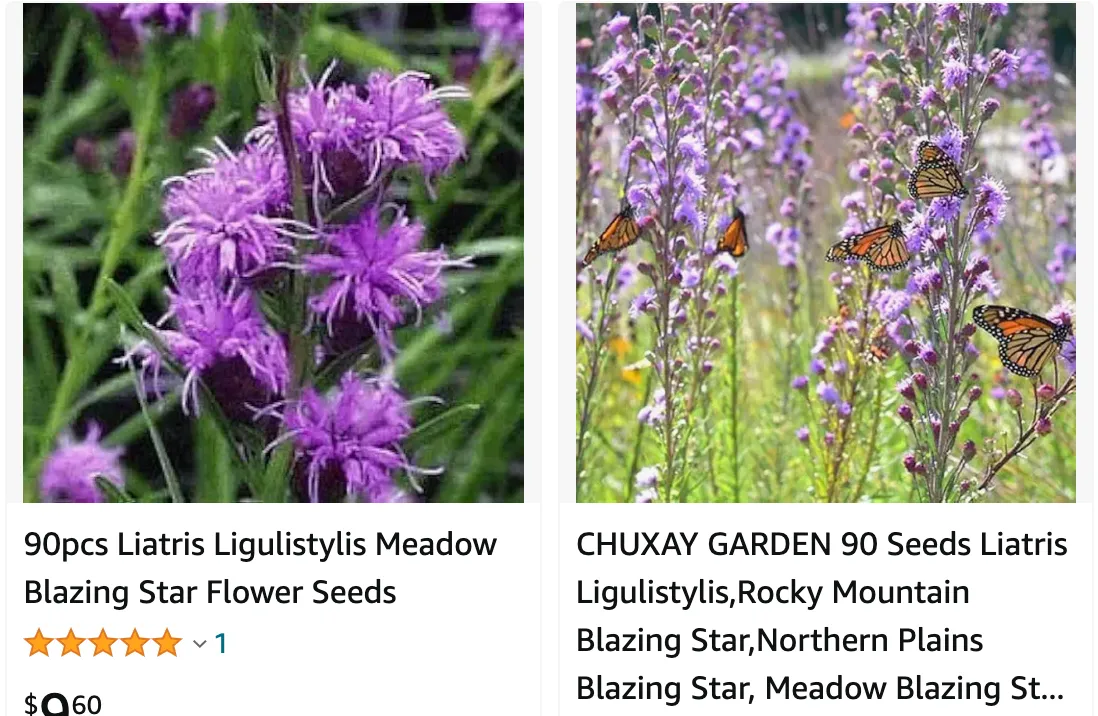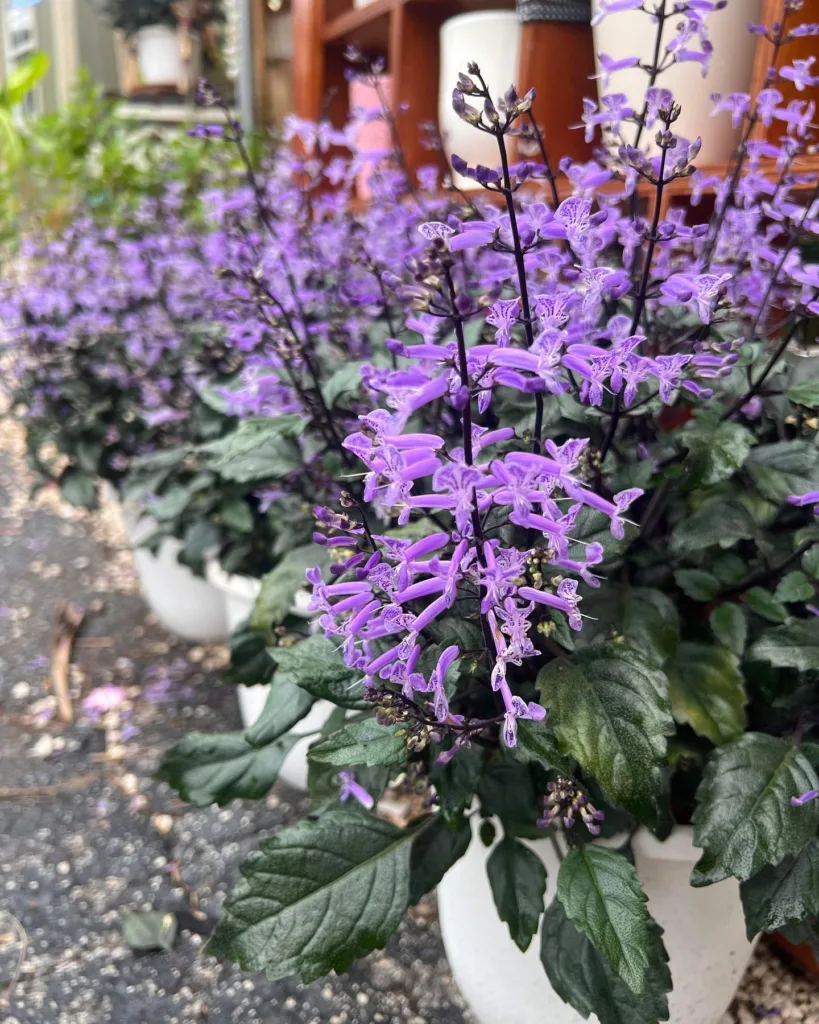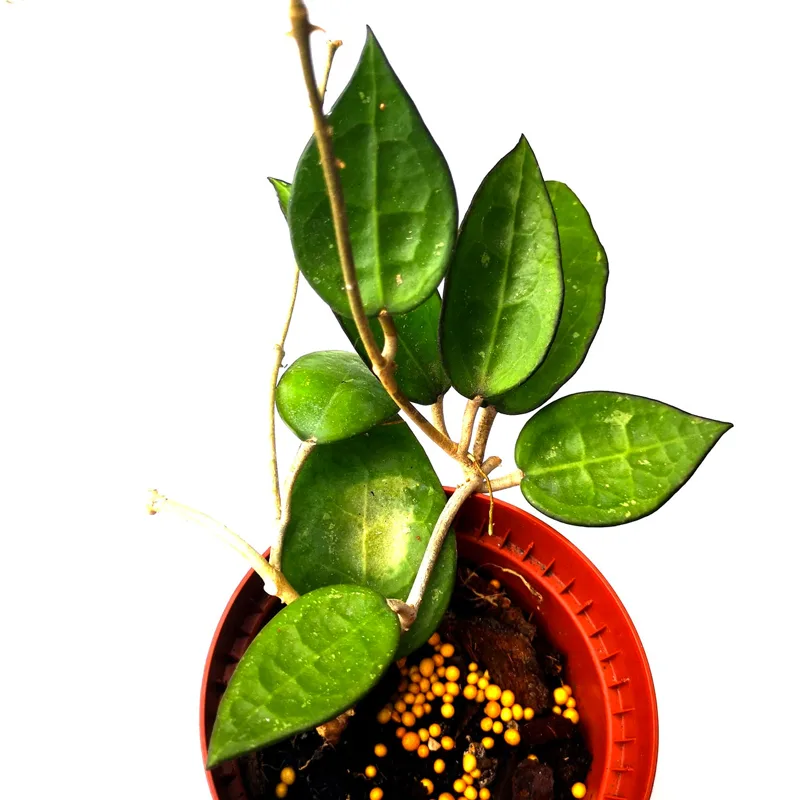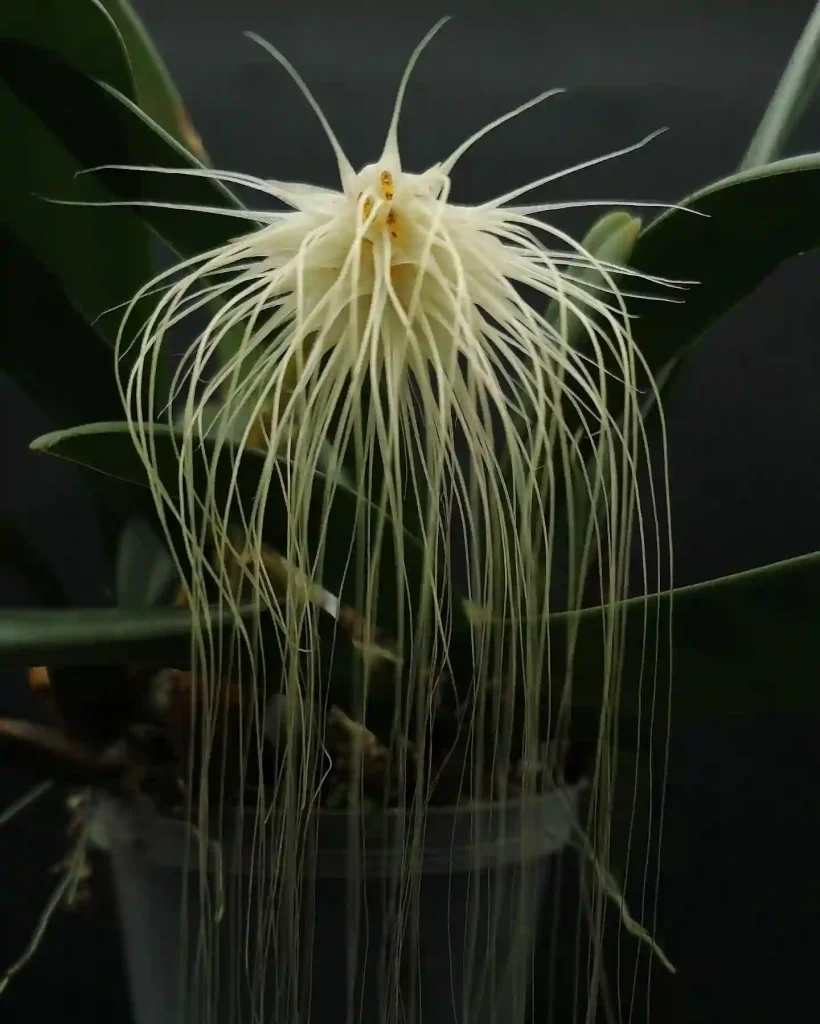
My Journey with Liatris Ligulistylis
As a passionate gardener, I have always been fascinated by the diverse and vibrant world of flowering plants. Among the myriad of species I’ve encountered, Liatris Ligulistylis, commonly known as the Meadow Blazing Star or Rocky Mountain Blazing Star, has captured my heart with its striking beauty and ecological benefits. This article is a detailed account of my experience with this magnificent plant, including how to grow it from seed and where to buy its seeds in California.
51 Species in Genus Liatris
What is Liatris Ligulistylis?
Liatris Ligulistylis is a perennial plant native to North America, renowned for its tall spikes of purple flowers that bloom from late summer to early fall. These blooms are not only visually stunning but also highly attractive to pollinators like butterflies, especially the monarch butterfly, and various species of bees. The plant can grow up to five feet tall and thrives in prairies, meadows, and open woodlands.
How to Grow Liatris Ligulistylis from Seed?
Growing Liatris Ligulistylis from seed is a rewarding process that requires patience and careful attention to detail. Here is a step-by-step guide based on my personal experience:
Seed Stratification
- Cold Stratification: Liatris seeds require a period of cold stratification to break dormancy. This mimics the natural winter conditions they would experience in the wild. Place the seeds in a damp paper towel inside a plastic bag and store them in the refrigerator for 4 to 6 weeks.
Sowing the Seeds
- Timing: Sow the seeds in early spring after the risk of frost has passed.
- Soil Preparation: Choose a well-draining soil with a neutral to slightly acidic pH. A mix of garden soil and sand works well.
- Planting: Sow the seeds about 1/4 inch deep in the soil. Cover lightly and water gently to keep the soil moist but not waterlogged.
Germination and Growth
- Light and Temperature: Place the seed trays in a location with full sunlight. Liatris seeds need warmth (around 70°F) to germinate, which typically takes 2 to 4 weeks.
- Transplanting: Once the seedlings have developed a few true leaves and are sturdy enough to handle, transplant them to their permanent location. Space them about 12 to 18 inches apart to allow for growth and air circulation.
Care for Liatris Ligulistylis
- Watering: Water the plants regularly until they are established. Mature plants are drought-tolerant and require minimal watering.
- Fertilization: Liatris Ligulistylis thrives in nutrient-poor soils, so minimal fertilization is needed. An occasional light feeding of compost or a balanced fertilizer can support growth.
- Maintenance: Remove spent flower spikes to encourage more blooms and prevent self-seeding if desired. Cut back the foliage in late fall or early spring to make way for new growth.
Where in California to Buy Liatris Ligulistylis Seeds?
Finding Liatris Ligulistylis seeds in California can be a bit of a treasure hunt, but there are several reliable sources:
Local Nurseries
- Specialty Nurseries: Check with local nurseries that specialize in native plants. They often carry a variety of native wildflower seeds, including Liatris Ligulistylis.
Online Retailers
- Online Seed Companies: Reputable online seed companies like Prairie Moon Nursery, American Meadows, and Native American Seed offer Liatris Ligulistylis seeds and ship to California. Ensure that the seeds are from a reliable source to guarantee quality and viability.
Botanical Gardens and Plant Sales
- Botanical Gardens: Visit botanical gardens and attend their plant sales. Gardens like the San Francisco Botanical Garden often have native plant sales where you can purchase seeds and seedlings.
How to Propagate Liatris Ligulistylis?
In addition to growing from seed, Liatris Ligulistylis can be propagated through division:
- Division: In early spring or late fall, dig up established plants and carefully divide the tuberous roots. Replant the divisions at the same depth in prepared soil.
- Care After Division: Water the newly planted divisions well and provide them with protection from extreme weather until they are established.
What to Plant with Liatris Ligulistylis?
Liatris Ligulistylis pairs beautifully with other native plants that thrive in similar conditions:
Companion Plants: Consider planting it alongside Echinacea (coneflowers), Rudbeckia (black-eyed Susans), and Solidago (goldenrods). These plants not only complement the visual appeal of Liatris but also create a habitat that attracts a wide range of pollinators.
Final Thoughts
Growing Liatris Ligulistylis has been an enriching experience, adding vibrant color and ecological value to my garden. Whether you’re an experienced gardener or a beginner, this resilient and beautiful plant is a fantastic addition to any landscape. Happy gardening!
If i die, water my plants!



